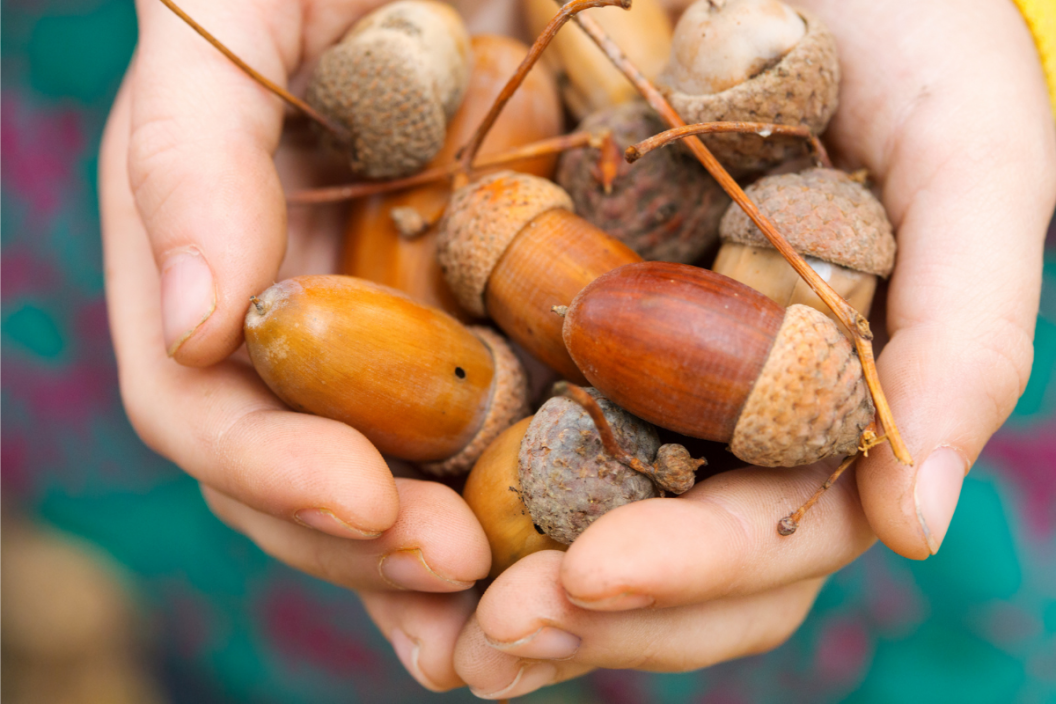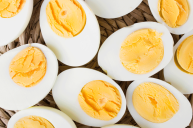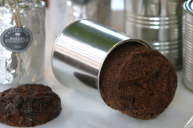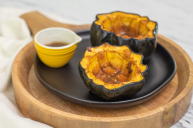I associate acorns with squirrels and fallen leaves and see them as a harbinger of fall. However, these unassuming tree nuts are more than just an annoyance the sidewalk- they've been used as a food source around the world since early human history. Although food might not be the first thing you think of when you see an acorn, harvesting acorns isn't a thing of the past, and anyone who can find an oak tree can do it.
Harvesting acorns in America goes back to Native American tribes like the Cherokee, Apache, Pima, and Ojibwa. When the first settlers came, these tribes shared their knowledge of acorns, showing the settlers how to harvest and use acorns in cooking.
Along with being perfectly edible, acorns have many health benefits. They're full of complex carbohydrates, vitamins, minerals and nutrients, and they're great for controlling blood sugar levels. Plus, acorns have low sugar and fat content.
Choosing the Right Acorns
The first step of harvesting acorns is finding a live oak tree. A white oak tree is best, but any species of oak will work, like red oak trees, black oak trees, and any other. There are many varieties of acorns, and some are better than others when it comes to eating acorns. Some have more tannins than others, which makes them more bitter. When harvesting, the goal is to find acorns with the least amount of tannins.
Usually, the bigger the acorn's cap, the more tannins it has. The best acorns for harvesting are large, but with small caps. Another consideration is the color. Your acorn meat should be light brown, white, or even slightly pink. However, green acorns are not edible, as these ones aren't ripe. If you see one sprouting, that's also okay for eating.
Once you've found good acorns with a low amount of tannins and the right color, it's time to consider the critters who may also be interested in nutmeat. When gathering acorns, inspect each for tiny holes, and if you find any, throw the acorn out, as this signifies worms and larvae of weevils.
Gather your acorn harvest when the acorns first drop from the tree, and immediately bring them inside to a dry place. Keeping your harvested acorns dry is very important, since even the smallest amount of moisture will cause mold. Store acorns in large, open containers, and stir them around once a week.
Shelling and Cleaning
To speed up the process of drying them, leave them on a cookie sheet in the oven with the light turned on for a few days. Once they're try, you can start shelling them. Just pull the shell off each acorn to do this. To make it easier, shell them in water and then allow them to soak for 10-15 minutes, which also will help with the next step.
After shelling them, it's time to remove the acorn skin, which contains the tannins. Pull the skin off each shelled acorn, and then immediately place them in a bowl of cold water, cold leaching acorns to keep them from oxidizing. Most people find that the cold leach method is better than boiling the acorns, but this is an option too.
Process the Acorns
Now, use a food processor or blender to make the acorn meat into a liquid. Use equal parts water and acorns, doing so in small batches. Then, put everything into a glass jar, and leave in the fridge.
The next day, the raw acorn solids will be at the bottom of the jar with water on top. Pour out the surface water, and fill the jar with fresh cold water. Seal the lid back on and shake it, and put back in the fridge.
Repeat this daily, and after a few days, try the solids. If they're still bitter, they need more processing, so continue for another few days. Continue processing acorns until they taste mild and bland.
Dry and Grind Acorns
Once your acorns are bland and have no tannins left, it's time to dry them. Pour the acorn mixture onto a cheesecloth on a strainer. Allow the liquid to drain out completely. Then, wrap the cheesecloth, twisting until it's tight, and squeeze the water out.
Then, spread the acorn onto a cookie sheet or pan, placing it in the oven on low heat. If you have a food dehydrator, this works even better. If you're using the oven, make sure to check the acorn meal often and ensure that it doesn't burn.
Once fully dry, you can use the acorn meal like cornmeal, or you can grind it into acorn flour. To make it into acorn flour, you can use a flour mill, food processor, blender or small coffee grinder.
How to Eat Acorns
https://www.instagram.com/p/B_HT5dbD7Nt/
Ground, leached acorn meal is delicious in place of cereal or oatmeal, and can also be great in acorn bread recipes, acorn pancakes, or in stuffing recipes. As for acorn flour, you can use this in an acorn cake, smoothie, meatballs, or even gravy. When using it in a recipe, just swap out 1/4 cup of your regular flour with acorn flour.
This will make your recipe a bit sweeter, so you may need to decrease the sweetener in the recipe. It will add a nutty, sweet taste, along with being gluten-free. Here are some acorn recipes to try it out!




